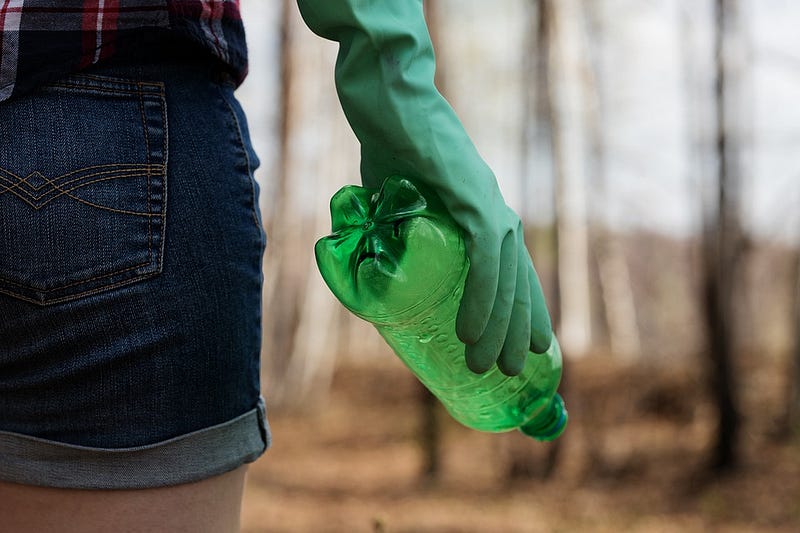Hormonal Trojan horses: How the chemical industry subverts consumer health
By Breton Worthington, Pre-medical, 2021

Maintaining health is hard enough even without considering the industrial chemicals that wind up in our bodies. In industry, consumers must be informed, even after they’re misled, about toxicity. While still not banned, the global community has largely condemned the widespread use of the chemical Bisphenol A (BPA), pointing to numerous adverse physiological effects in humans and wildlife, including endocrine disruption, cardiovascular disease, fat accumulation, and DNA damage. At last, the demand has dictated the supply; “BPA Free” products abound in the market, but are these substitutes much better? Early research says no. Bisphenol F and S are likely as bad as their predecessor. The secret to why lies in their chemical structure.
What exactly are Bisphenols? Bisphenols A, F, and S are used in polycarbonates such as plastic bottles, Tupperware, and medical equipment, as well as epoxy resins found in water pipes, sales receipts, electronics, and food or beverage cans. Their unique chemical properties provide durability, pliability, optical transparency, adhesion, and more — making them irreplaceable to the structure of our modern society.
“BPA Free” products abound in the market, but are these substitutes much better? Early research says no.
Chemically, BPF and BPS are quite similar to BPA. All three share structural features that allow them to bind with estrogen receptors in the body and, like Trojan horses, access the DNA. Doing so initiates pathways normally regulated by an endogenous estrogen known as 17β-estradiol. Results can be devastating. In one study, zebrafish exposed to BPS exhibited skewed sex ratios, decreased sperm and egg counts, increased estradiol levels, and decreased testosterone levels in males. Because zebrafish have a similar genetic structure to humans, scientists have predicted that these results are applicable to humans as well.
Are you exposed? The quick answer is yes. According to a recent study, BPA is detected in 95.7 percent of urine samples while BPS and BPF are on the rise at 89.4 and 66.5 percent, respectively, which indicates almost constant environmental exposure for Americans. Estimates suggest that 90 percent of this exposure comes from food and beverages. The good news is that limiting your exposure, especially through food choices, can significantly reduce concentrations in your body.
While “BPA Free” may sound healthy, the truth is we’ve exchanged apples for apples — that is if those apples were chock-full of potential poison. This has left many to wonder: how much longer will the chemical industry play chicken with our health?
ACS Omega (2018). DOI: 10.1021/acsomega.8b00824
Aquatic Toxicology (2014). DOI: 10.1016/j.aquatox.2014.01.009
Food and Chemical Toxicology (2012). DOI: 10.1016/j.fct.2012.07.059
Dose Response (2015). DOI: 10.1177/1559325815610582
